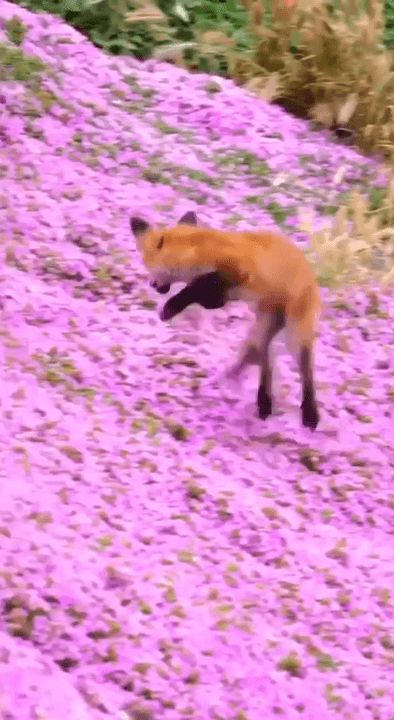
“Winter is a subtle nudge to remind us to reflect on our lives. Though we are surrounded by the chill in the air, it is also an exercise in cleansing. With each snowfall, we are given a clean slate with the innocence and beauty the white power brings.” – Mark A. Leon Photo at Eklutna Trailrace on 1/7/2023 Photo - Wild On Alaska
Post: 25 January 09:48














































